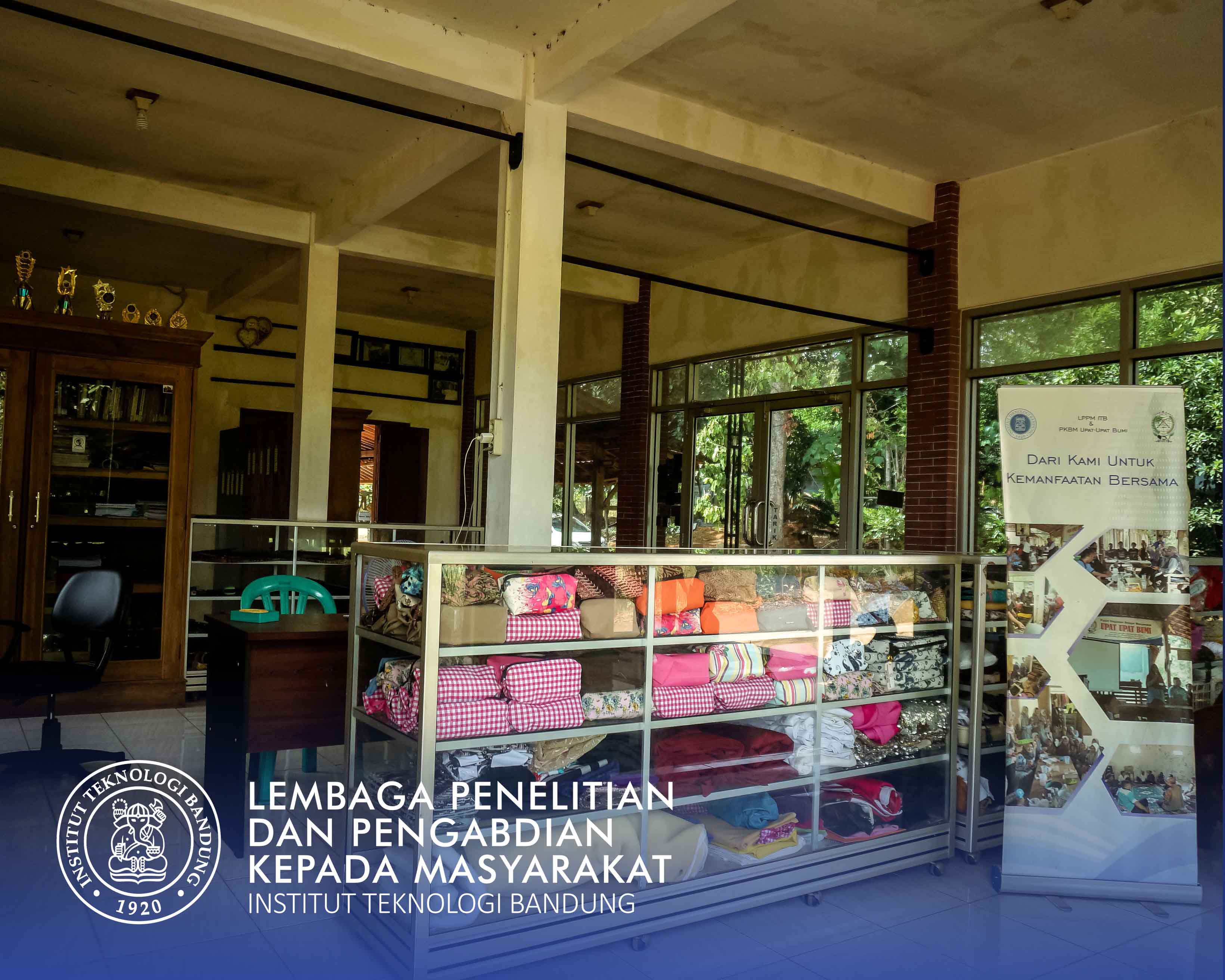

Nurrohman Wijaya
One of Nawacita's agendas contained in the national development plan is the development of the Indonesian state carried out from the peripheral areas by strengthening social, economic and human resource development elements throughout Indonesia, including underdeveloped areas, both in the outer islands and mainland. Indonesia as an archipelagic country has many areas that are in the outermost areas and border with other countries. In general, these areas are underdeveloped and underdeveloped. Regional development policies and programs in Disadvantaged, Frontier and Outermost (3T) areas have been implemented. However, disparities between regions still often occur. One of the causes of the gap is due to differences in the quality and quantity of resource capabilities, both natural resources and human resources. Several efforts to develop and increase resources in the 3T area have been implemented by the central and regional governments as well as support from other parties. However, the performance and sustainability of policies and programs sometimes do not run effectively and efficiently. This can occur due to the community's low level of understanding in identifying the main issues/problems and needs that occur in their area. One of the 3T areas that needs attention is the island villages in Aru Islands Regency, Maluku Province. The development of island villages will have a huge influence on the development of the location and development of the district area. However, various factors, such as the level of understanding of village communities, as well as the capacity and ability of village communities in identifying issues and their potential, become obstacles in the development process. This is caused, among other things, by limited access to transportation, information networks, education, and even basic infrastructure. In fact, this area has great potential for natural riches, cultural diversity and the uniqueness of its village communities. Therefore, strengthening the capacity of island village communities is one form of effort to improve the quality of village communities so that they better understand and are aware of the importance of identifying issues and potential appropriately according to the particularities and characteristics of their region, so that it will have an impact on welfare and public services. optimal in the future. Based on the results of previous community service activities and the results of correspondence with the local government of Aru Islands Regency, Maluku Province, we propose community service activities with a focus on increasing community understanding regarding the application of the Rapid Participatory Rural Appraisal (Rapid PRA) approach for island village communities. PRA is a participatory village assessment study. In simple terms, PRA can be interpreted as a technique for preparing and developing operational programs aimed at developing villages with village characteristics. In this case, PRA is a participatory assessment activity in village communities, so that output will be obtained in the form of a program or action plan that is in accordance with the issues and problems of life in local village communities. It is hoped that the results of this community service activity can also be used as policy recommendations that can be utilized by village and regional governments.
Accompanying the community and BUMDes of Islands Village in solving problems and issues in their village area using a PRA approach with a sustainability perspective
This activity is beneficial for island village communities and regional governments, especially Village Governments and related Regional Government Organizations to develop their regional potential through sustainable and innovative local economic activities.